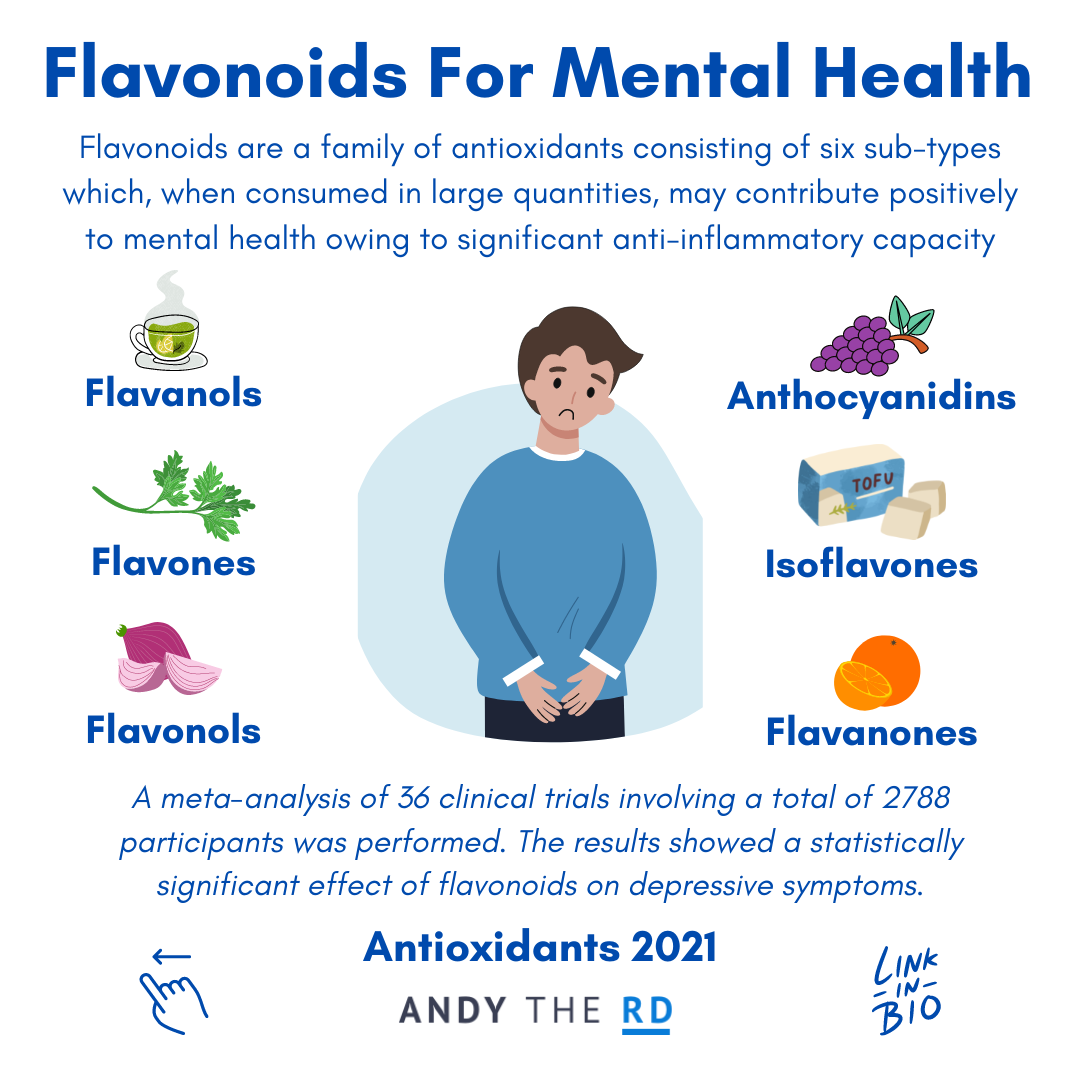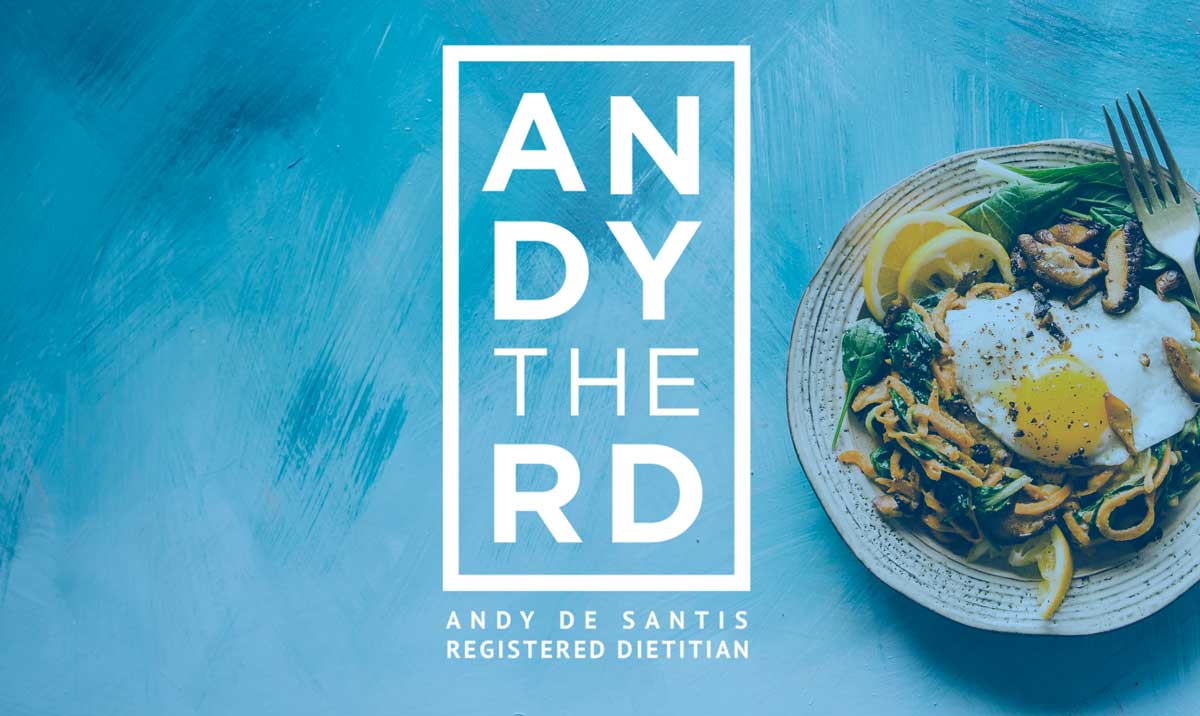Inflammation is equal parts an ultra relevant physiological phenomenon and an over-used buzz word scattered throughout popular nutrition discourse.
Given inflammation’s role in health and disease, many people seek out various foods, beverages and supplements that are deemed to have anti-inflammatory potential.
But what does that really mean, and can it be quantified?
It can!
There are a number of measurable biochemical markers in the human body, namely IL-1β, IL-4, IL-6, IL-10, TNF-α and C-reactive protein, which are often used as measures of bodily inflammation in various clinical and research studies.
When it comes to these particular markers, less is more.
With this in mind, what have scientists have done is built out what is known as a “Dietary Inflammatory Index” which evaluates various food components [based on large amounts of evidence] for their potential to either increase or decrease inflammation as measured through their effect through these metrics.
In today’s article my goal is to share with you several foods, nutrients and otherwise that are most strongly classified as “anti-inflammatory” based on this index.
Let’s get right to it.
Anti-Inflammatory Dietary Components
In no particular order, here are some of the heavy hitters.
1. Green/Black Tea
2. Foods high in dietary flavonoids
3. Garlic, Onion & Ginger
4. Turmeric
5. Vitamin D + Omega-3 Fatty Acids ( think fatty fish like salmon, herring, sardines etc)
It should be noted as well that dietary fibre scored very highly on the anti-inflammatory index as did key nutrients such as magnesium.
Examples of food high in both magnesium and fibre include dark chocolate, most leafy greens, avocado, most nuts/seeds and most legumes.
Beta-Carotene also scored highly as an anti-inflammatory food component and is often found paired with fibre in foods like sweet potato, squash, bell pepper and pretty much all leafy greens.
Kale, believe it or not, is among the foods richest in beta-carotene.
Coincidence?
I think not.
What To Do With This Information?
I’ve presented the foods in today’s article in the context of their evaluated anti-inflammatory capacity, but there are truly a plethora of very good reasons why one should strive towards incorporating more foods discussed in today’s post.
Do you need to eat them all every single day?
Certainly not, but if many items on list are foreign and/or infrequent to your dietary pattern – there may be some work to do.
That’s where I come in, so don’t hesitate to reach out if you need support and guidance in this regard.
Until then,
Andy De Santis RD MPH
Learn More About The Value Of An Anti-Inflammatory Dietary Pattern:




